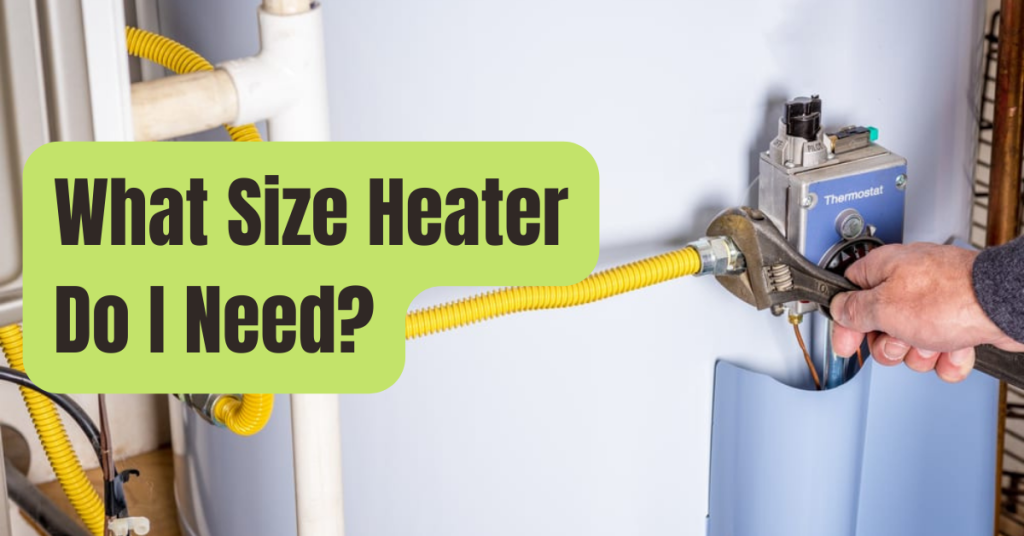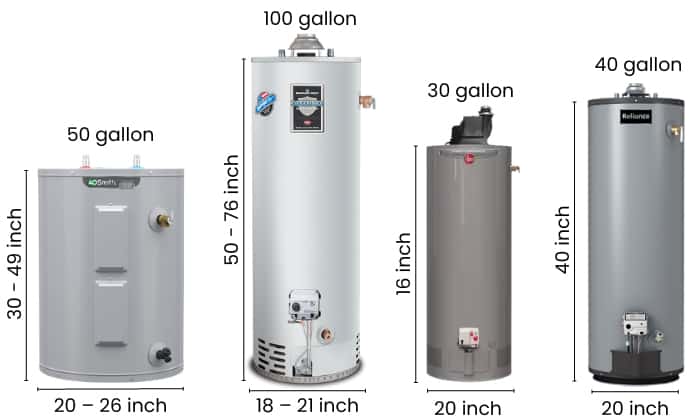What Size Heater Do I Need For 300 Square Feet
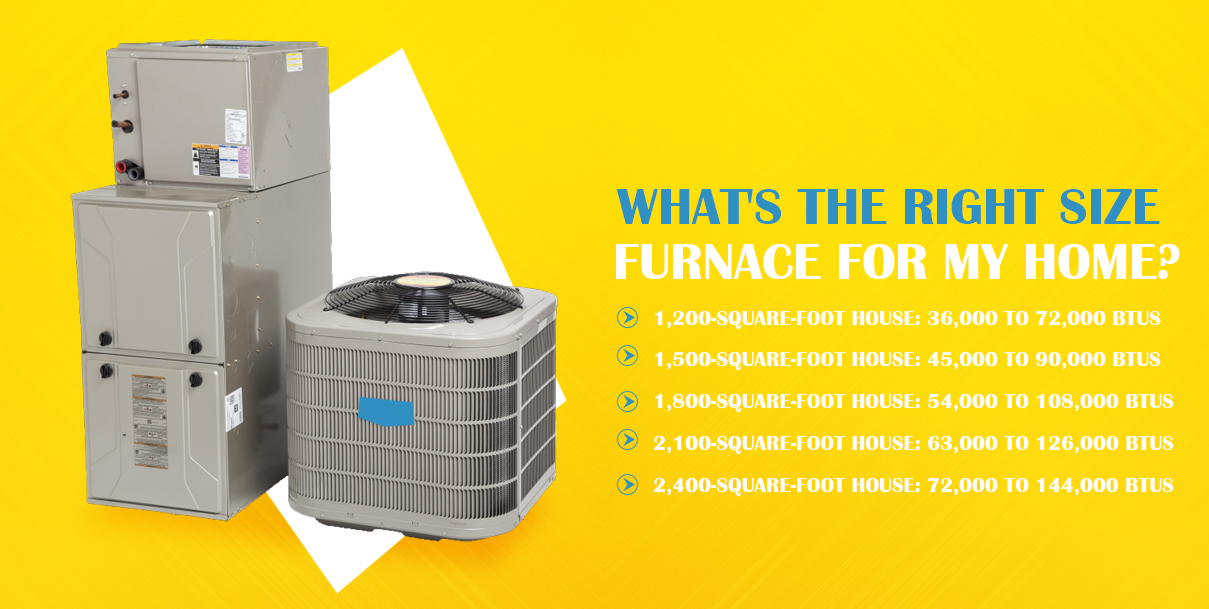
As winter approaches, many homeowners are preparing to ensure their living spaces remain comfortably warm. Determining the correct heater size is crucial for energy efficiency and cost savings.
Choosing the right heater can be perplexing. This guide provides essential information on selecting an appropriately sized heater for a 300-square-foot room.
Understanding Heating Needs
The fundamental principle of heater sizing revolves around matching the heating output to the room's volume. Undersized heaters struggle to maintain desired temperatures, leading to discomfort and increased energy bills. Conversely, oversized heaters cycle on and off frequently, wasting energy and potentially creating uneven heating.
Calculating BTU Requirements
The British Thermal Unit (BTU) is the standard measurement for a heater's heat output. A general guideline recommends 20 BTUs per square foot of living space. For a 300-square-foot room, this equates to approximately 6,000 BTUs.
However, the 20 BTU/square foot rule is just a starting point. Factors like insulation quality, ceiling height, and climate necessitate adjustments to this baseline calculation.
Rooms with poor insulation, high ceilings, or many windows require more BTUs. Alternatively, well-insulated rooms may need less.
Considering Climate and Insulation
Climate plays a significant role in determining heating needs. Individuals living in colder climates will likely require heaters with higher BTU ratings compared to those in milder regions.
According to the U.S. Department of Energy, inadequate insulation can significantly increase heating demand. Upgrading insulation can reduce the required BTU output.
Assess your home's insulation levels. Check for drafts around windows and doors and ensure adequate insulation in walls and ceilings.
Types of Heaters and Their Efficiency
Various heater types are available, each with different efficiency levels and suitability for specific spaces. Space heaters, typically electric, offer a portable and convenient solution for smaller rooms.
Forced-air furnaces and heat pumps are common whole-house heating systems. They can be used with zoning to control heating in specific rooms, but are generally not sized for single rooms.
Oil-filled radiators offer quiet and consistent heat distribution but may take longer to warm up a room compared to fan-forced heaters.
Making the Right Choice
For a 300-square-foot room, a heater in the 5,000 to 7,000 BTU range is generally appropriate. Select a model with adjustable thermostat control and safety features.
Prioritize safety features such as overheat protection and tip-over shut-off. These features are critical, especially in homes with children or pets.
Consider energy efficiency ratings. Heaters with higher energy efficiency ratings translate to lower operating costs. Look for the Energy Star label when selecting a heater.
Local HVAC professionals can provide personalized recommendations based on your specific needs and circumstances. They will consider location, home specifics, and heating habits.
Choosing the correct heater size for a 300-square-foot space involves considering BTU requirements, climate, insulation, and heater type. Prioritizing safety and energy efficiency will ensure warmth and peace of mind during the colder months.




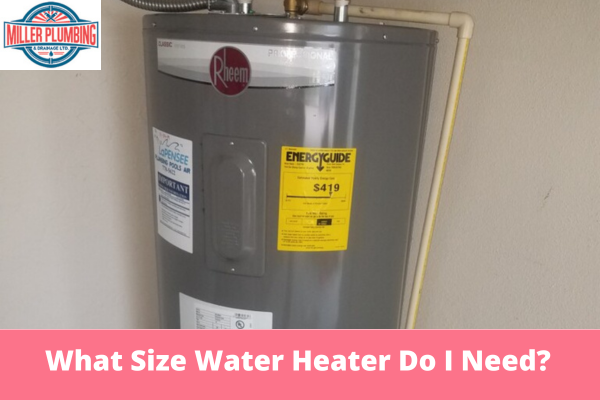
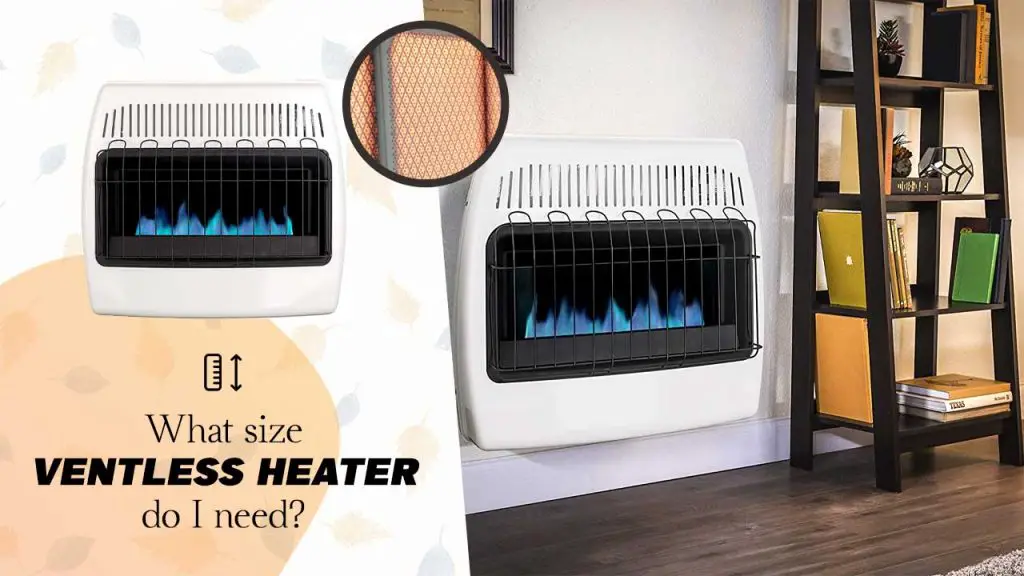




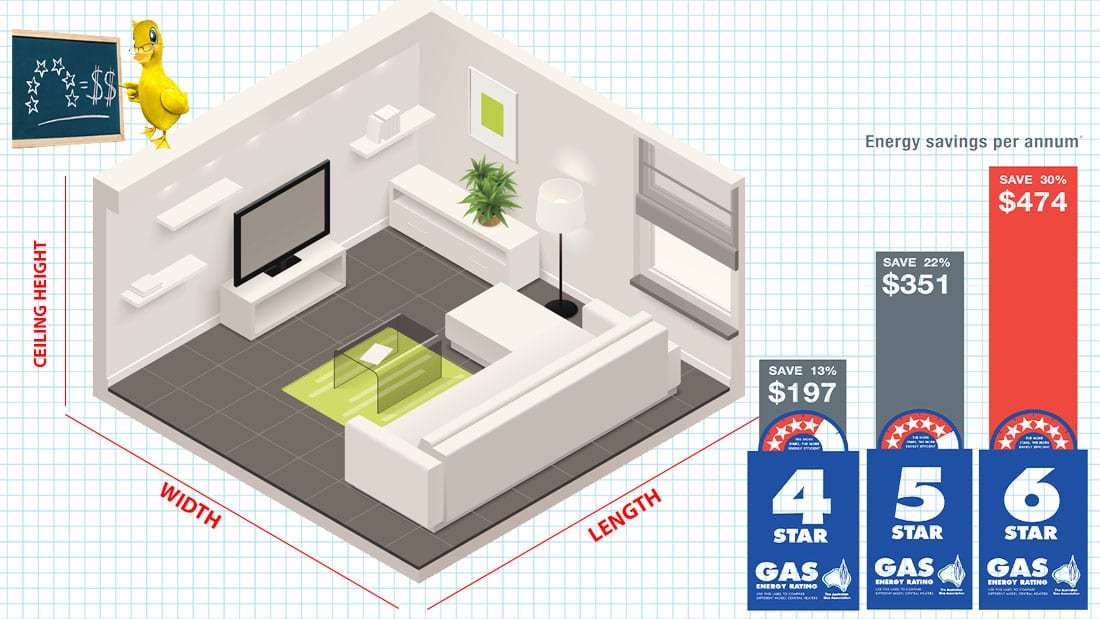
:max_bytes(150000):strip_icc()/air-conditioning-chart-1152654_final-02-c37c8b4fdf08432baf378e8f0cb9d8e0.jpg)

